* The best gear is still inefficient if not used properly *
A sleeping bag will trap your body heat most efficiently when you are completely inside the sleeping bag, all its zippers are zipped up, draw cords tightened and you are lying on a sleeping mat. Depending on your sense of warmth, you can loosen the various draw cords to a certain extent.
In case you feel cold despite having ensconced yourself neatly inside your bag then check the following:
- Socks: if your ‘sleeping socks’ (check here for information on socks) are too tight then they will hamper circulation especially in your toes – remember blood distributes heat all over the body and helps regulate body temperature
- If there is too much space around your feet then stuff some clothes in there to fill up that space
- Look for ‘cold spots’ in your sleeping bag – a cold spot may be formed where the filling has clumped up perhaps due to a damaged baffle-section or a place where your body has pressed into the sleeping bag to compress the insulation there
- Put on a warm layer or two of clothing, especially your thermal inners (long johns)
- Check on your diet: it helps to eat fatty food like cheese and buttery-oily preparations for dinner and top it off with a hot drink like chocolate
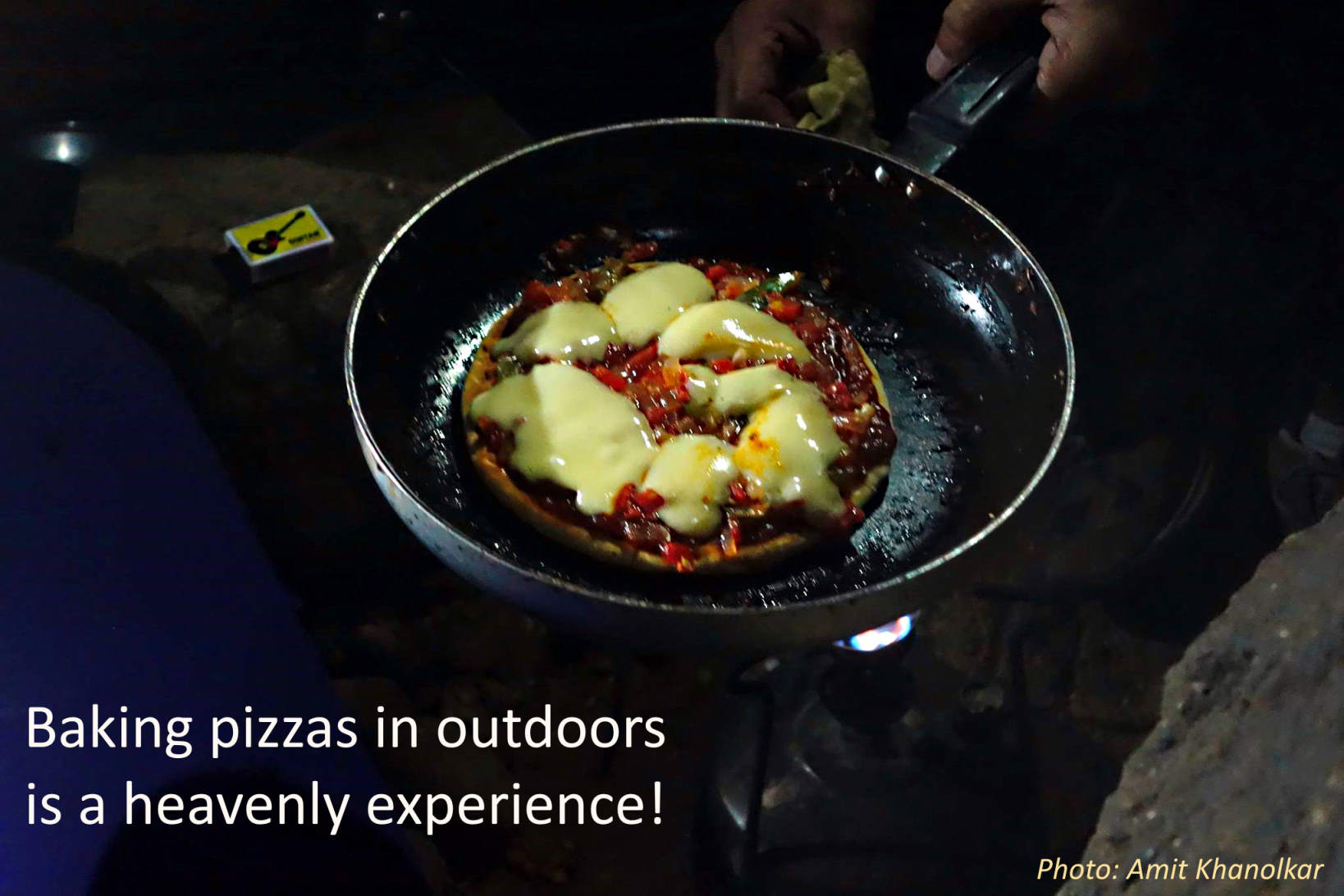
Be very, very patient with zippers. Try to work out a process of using your fingers to keep the bag’s fabric and the draft tube away when you are zipping up or open the sleeping bag. In case the zipper gets snagged, resist the urge to yank on it, and take the trouble to have a look at it before gently working it loose. It takes a bit of a practice to zip up from inside, or you can always request one of your tent mates to do it for you till you get a hang of it.
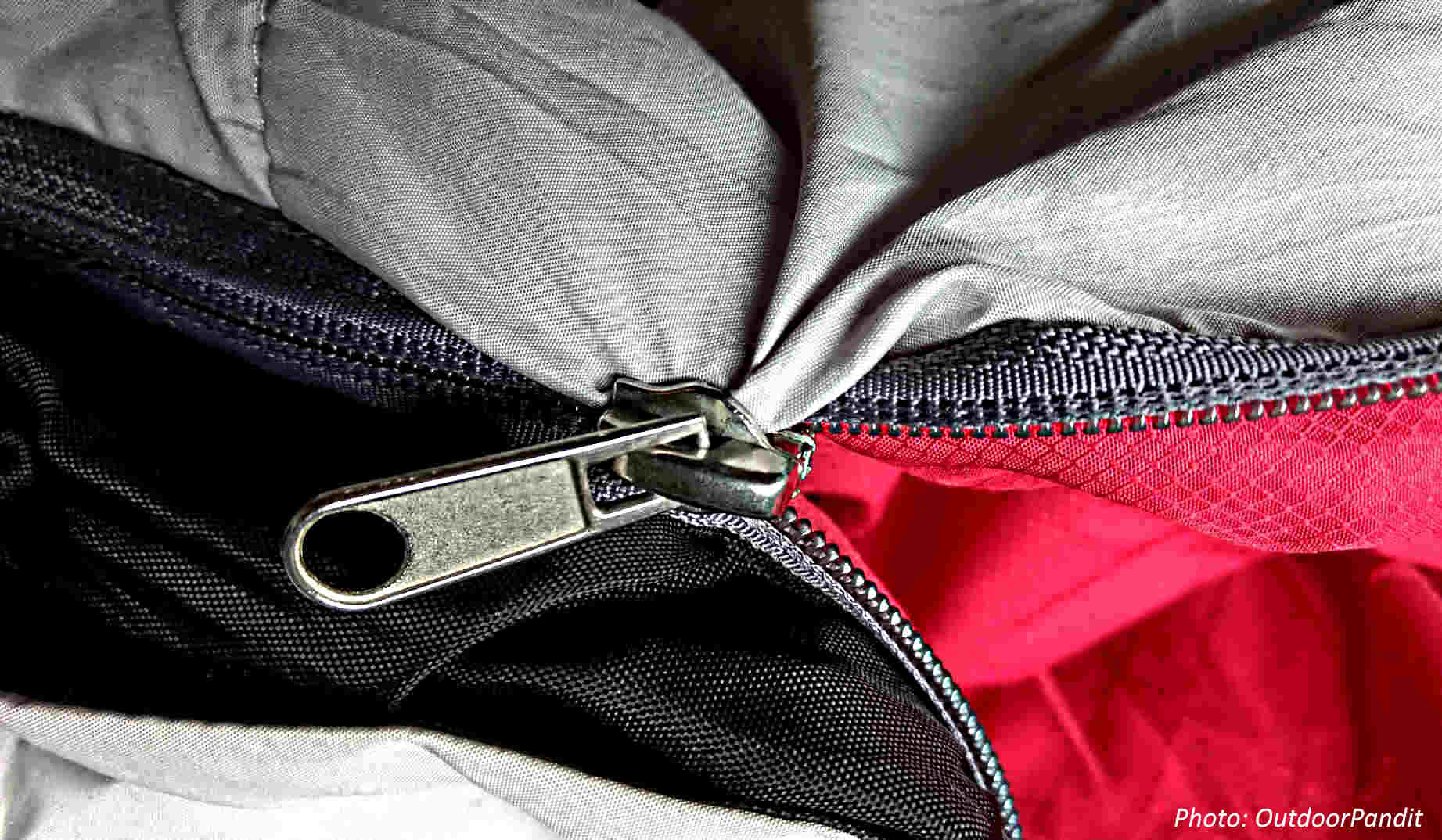
Air out your sleeping bag regularly on your hike. Turn it inside out, lay it down on your tent or on a clean rock, ideally on a sleeping mat. Take care to weigh it down or tie it to something – drafts of air have been known to carry away a sleeping bag, and woe to the hiker who sees his sleeping bag roll down a cliff or get dunked in a stream or river. Don’t leave the bag out for long in sunshine since the UV radiation tends to degrade the fabric.
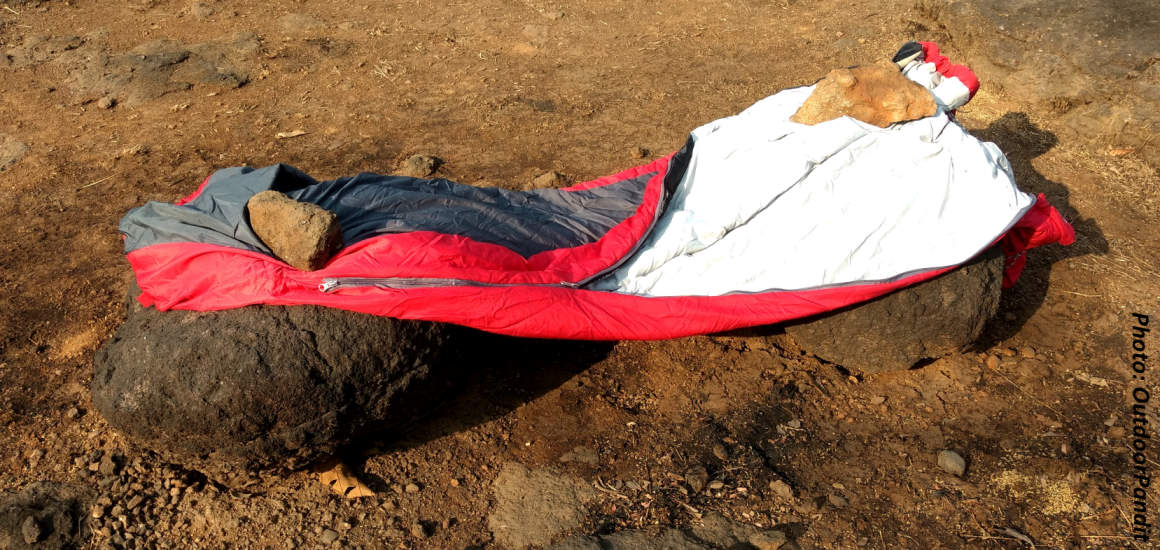
Sleeping bags for children
The temperature rating Standards do not apply to children’s sleeping bags. Parents and group leaders / instructors should closely monitor children on their programmes and check on the multiple factors that together help a person sleep warm.
Though there are sleeping bags meant specially for children, it may not make sense to many to buy one since a child soon outgrows its size. Outdoors based organisations however may consider keeping a stock of these child-sized bags for its programmes.
If an adult sleeping bag is being used for a child then use a strap or string to ‘tie off’ the bag to shorten its length in order to have the child fit in.
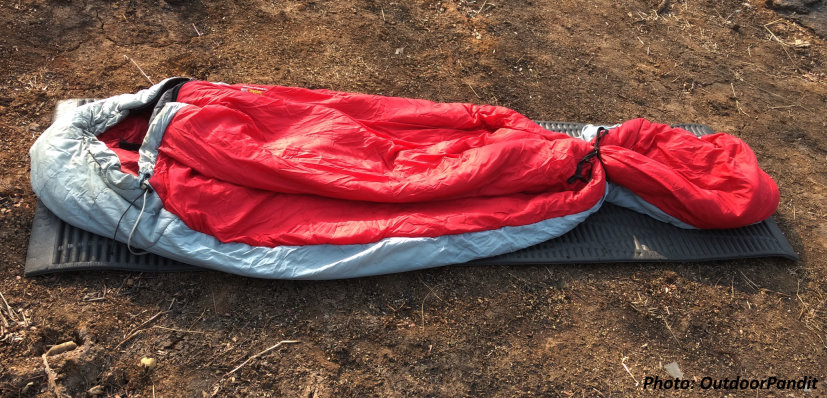
Consider using a ‘liner’ in combination with your sleeping bag. A liner is nothing but single layer sleeping bag with no filling. The material can be cotton, silk, nylon or the very warm fleece – your choice will depend on the temperature range you anticipate on your hike. A liner has some notable advantages:
- It increases the versatility of your sleeping gear: if you use a liner then your sleeping-bag-liner combo will be much warmer than just the sleeping bag
- It is easily washable and dries much faster than any sleeping bag
- It helps in maintaining better hygiene since you can wash it much more often than your sleeping bag (this is the reason why outdoor companies that issue / hire out sleeping bags should provide liners or recommend that person hiring the bag should use one of their own)
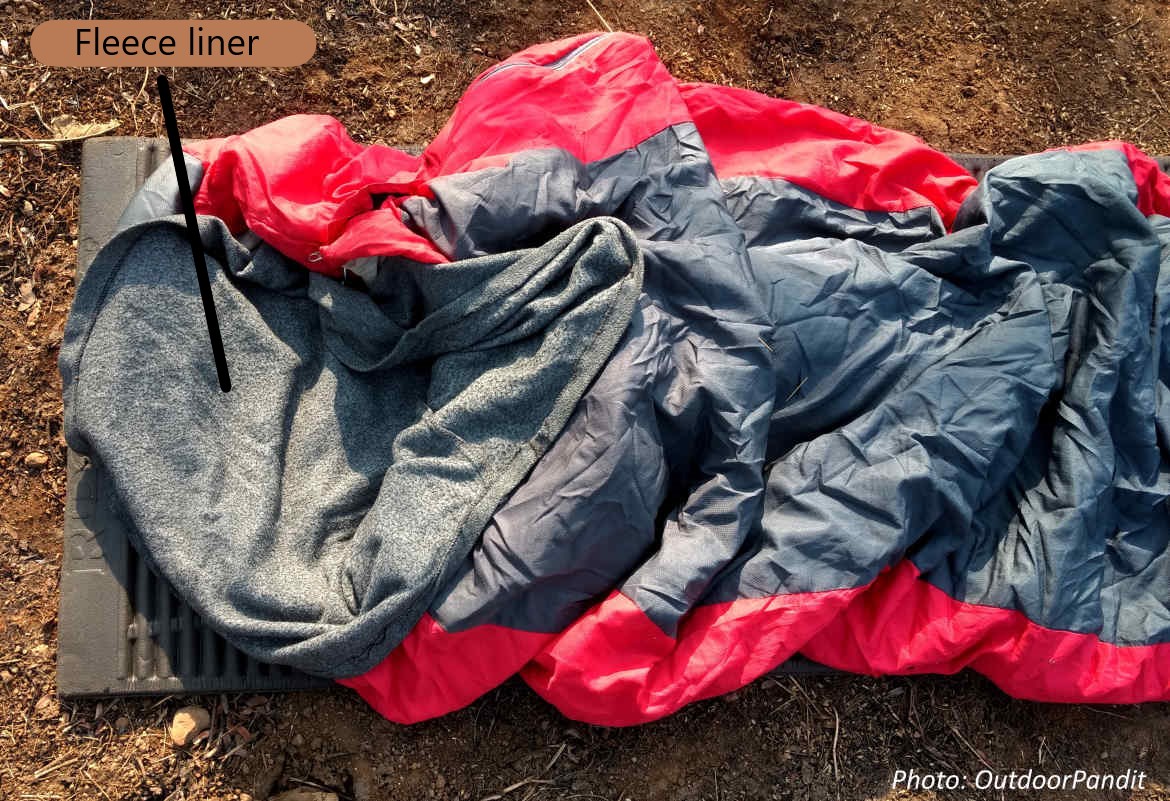
I tend to sleep cold. So, when camping out, I am extra careful to ensure that I feel comfortably warm at night.
- I own a ‘Three-Season’ sleeping bag (-5° to 0° C) since it is common to have sub-zero temperatures at higher altitudes. This is good for a Himalayan hike in summer.
- If it gets too warm for me I just open the sleeping bag’s zipper a bit, loosen the cord around my neck and make sure that I am comfortable.
- If I feel cold on a particular night, or if it is early in the season, then I wear some warm clothes and pack the space around my feet with extra clothing.
- For the programmes that I undertake in winter, I add a sleeping bag liner for extra warmth.
- If I am expecting lower temperatures (less than -5°C) then I try to hire a warmer sleeping bag.
- I use my personal liner to maintain hygiene.

Extremely useful details. Most trek organizers fail to undertand the importance of liners.
Thanks for writing in, Parag! A liner is perhaps considered as necessary only for ‘very cold weather’, and so its advantage for individuals who tend to sleep cold and for everyone’s ease of maintaining hygiene gets overlooked…
wonderfully quoted information.
Thank you, Juee!
Can you explain the term”Sleep cold”?
Hi Kedar, it just happens that some of us tend to feel colder than others in a particular situation (or, for that matter, warmer). The way one’s body temperature is regulated is a complex process and is affected by multiple factors like, to take a few examples, age, gender, body size, diet, hydration-level, medical issues and the ubiquitous factor, stress. Psychology also plays a part apparently, and speaking for myself I just like to be very warm when I sleep! All this is normal, and one just has to ensure that one is comfortably warm when sleeping in the outdoors.
‘Feeling cold’ is different from ‘being cold’. The latter is a matter of concern especially for an outdoorsperson since it points towards hypothermia, and is best attended to immediately to help control its worsening.
Ah…nothing beats a soft cotton jersey fabric liners in Western Ghats and fleece liners in Himalayas! I even use them at home in winter time.
Yes! Liner-versatility is the crux 🙂 Thanks for writing in, Mukul.
Great content. Looking forward to more! (y)
Sure, Mukul. Thanks!